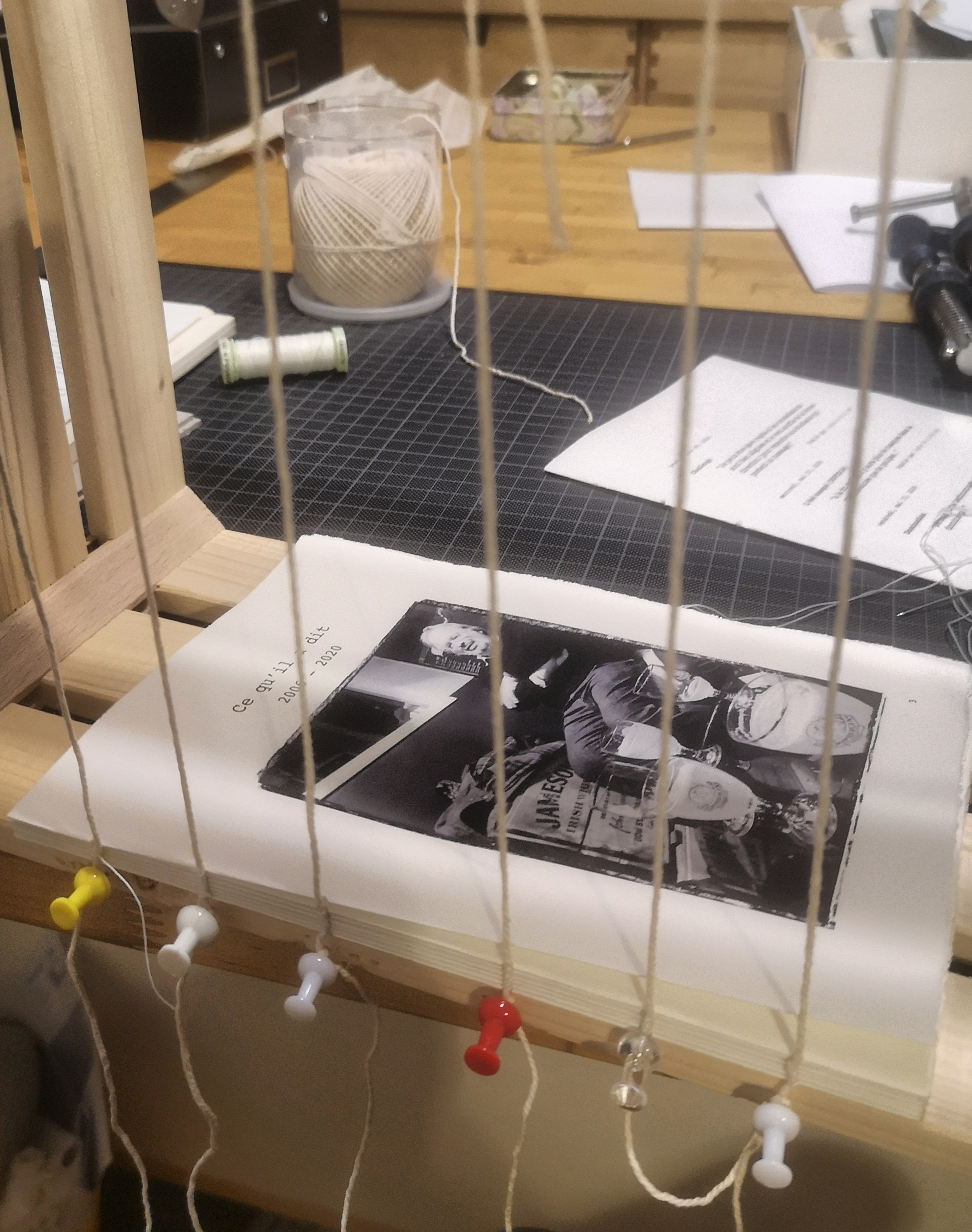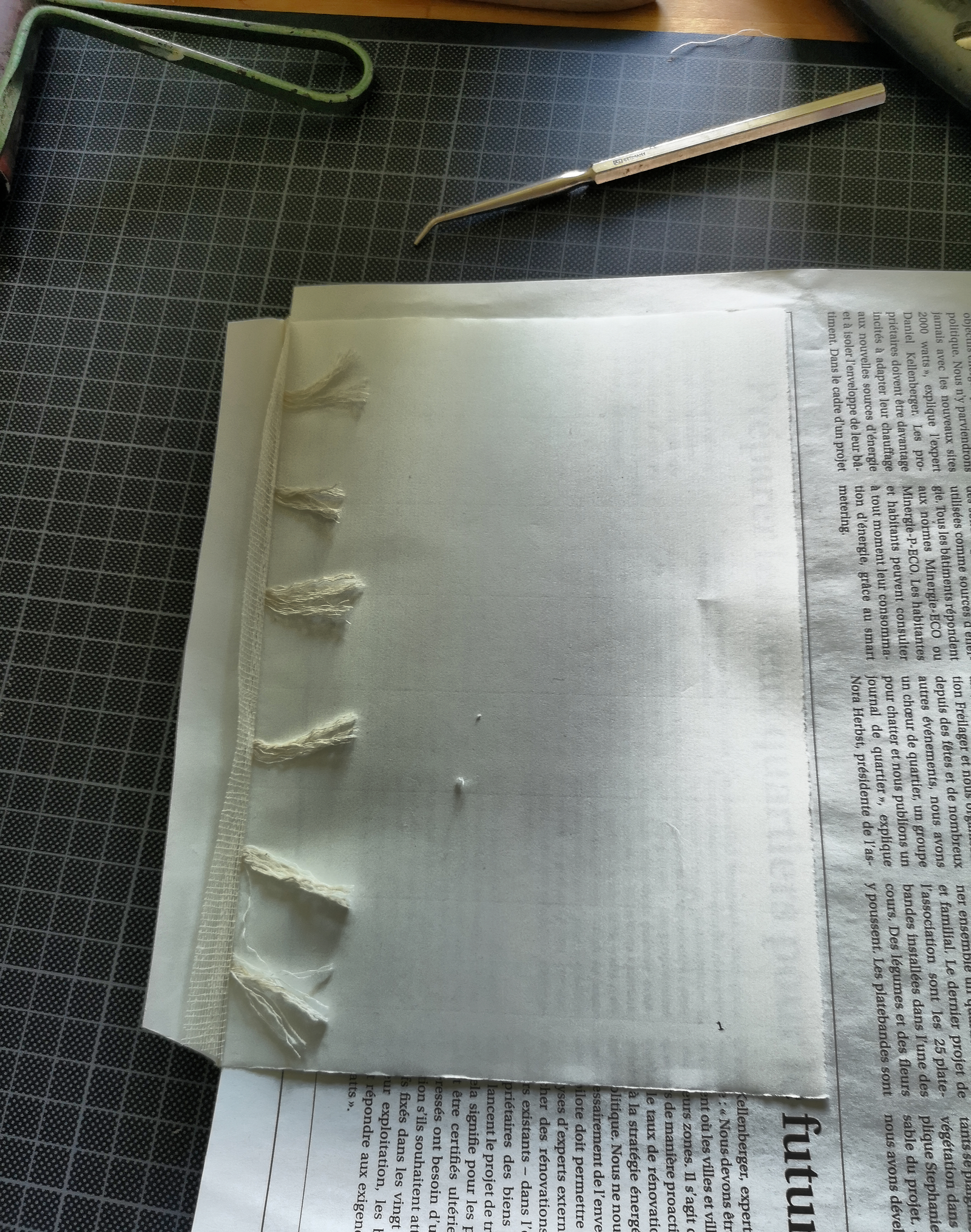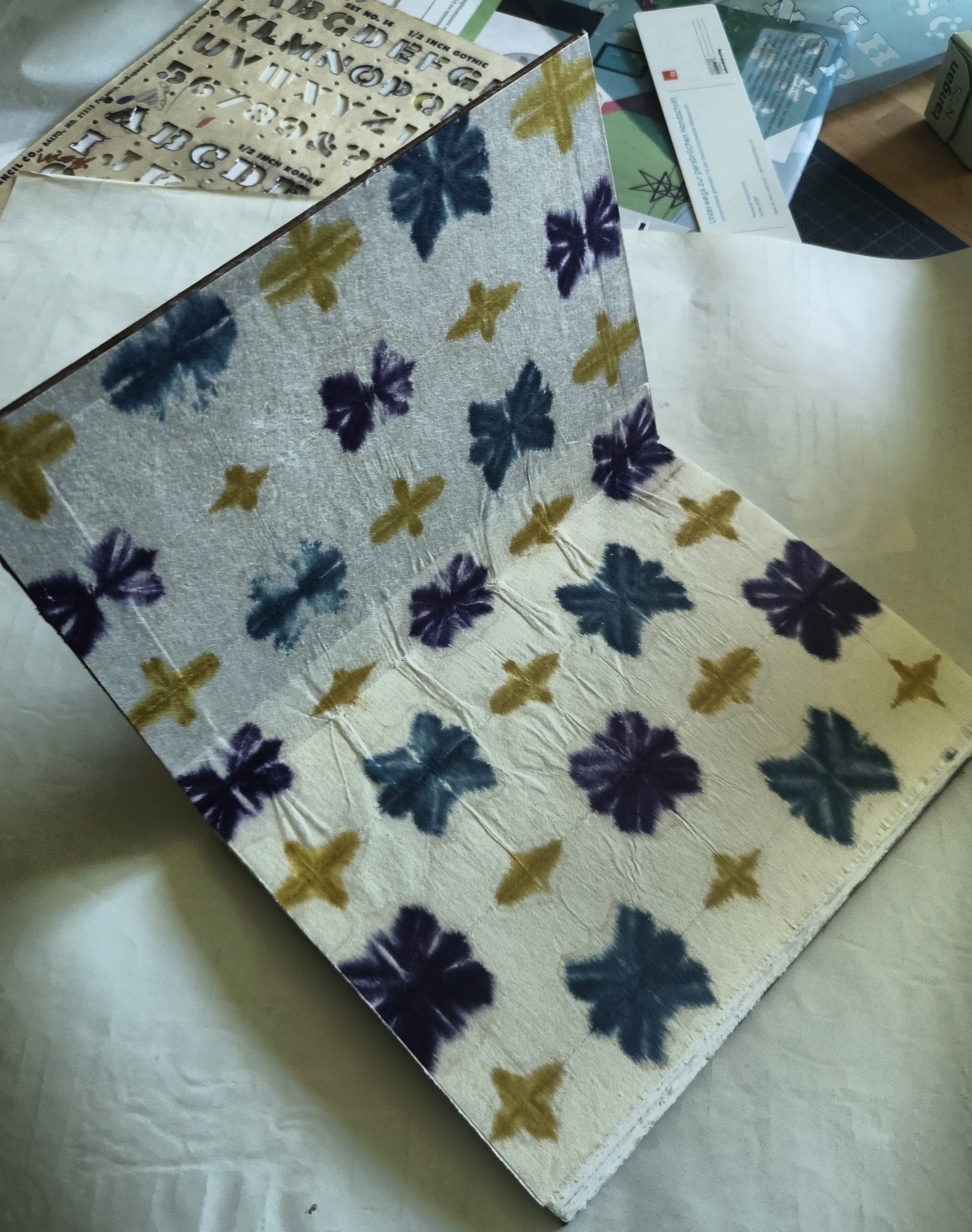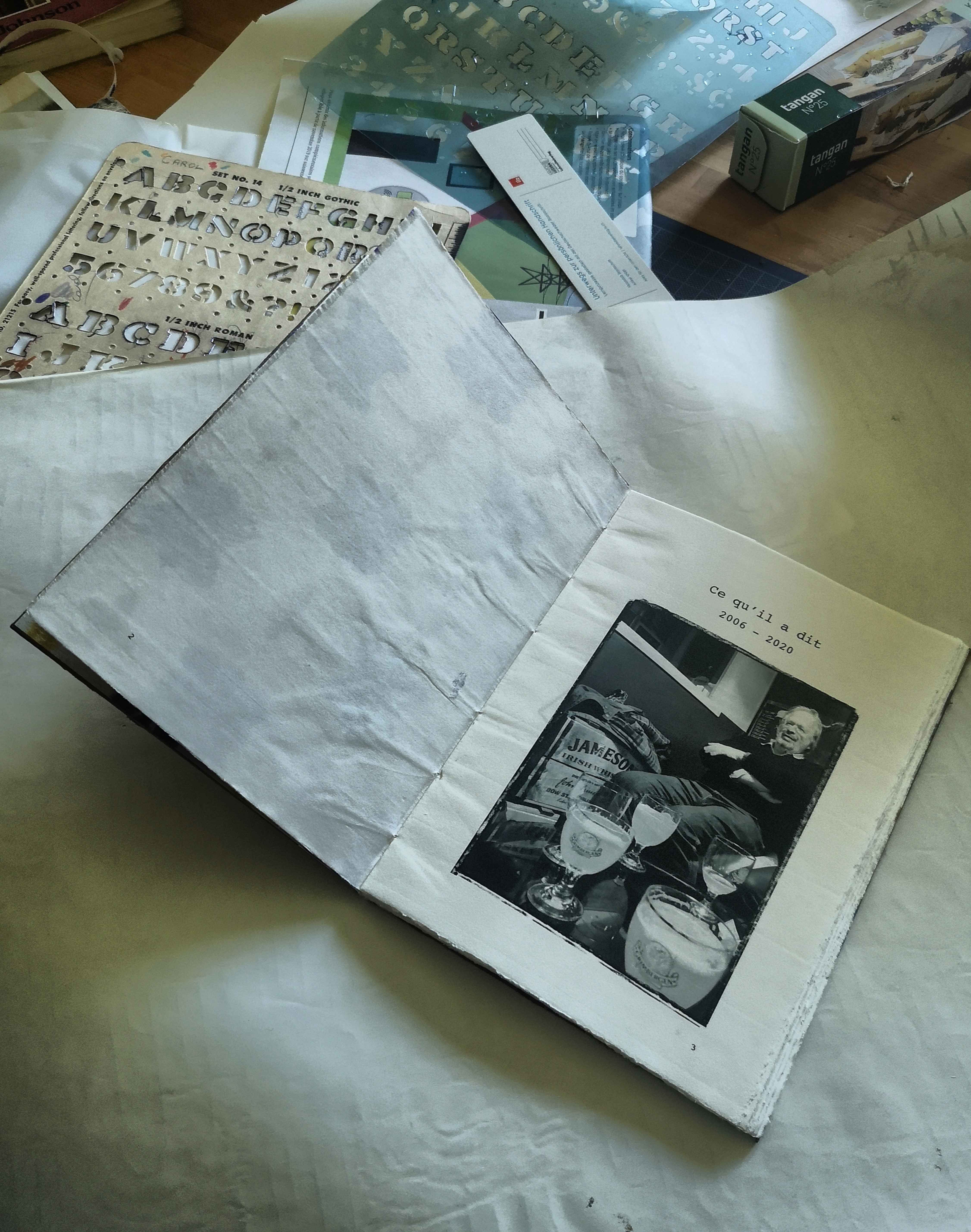Where I'm coming from¶
 Here is my professional site until this profile and work page gets filled in. It mostly concerns my academic profile, but there is a link to a really old portfolio site created back in 2000 which I maintain mostly as a "blast from the past".
Here is my professional site until this profile and work page gets filled in. It mostly concerns my academic profile, but there is a link to a really old portfolio site created back in 2000 which I maintain mostly as a "blast from the past".
My background¶
I was born in Montreal to Greek immigrant parents.
In what often felt as a betrayal of my peasant and working-class roots, I chose to study English literature and Fine Arts, where I mostly focussed on painting and drawing early on but became enthralled with photo and print processes, namely silkscreen printing, combined with bookbinding and papermaking.
After planting trees in the great white north of Canada to pay off student loans, I completed a desktop publishing professional diploma and discovered HTML shortly afterwards. With little interest in marketing and advertising, I quickly became interested in User Interface design and evaluation for learning applications and the then new field of educational technology. After changing cities and jobs fleeing the post-industrial demise of Montreal, I arrived in Zurich in 2001 and worked in the design and development of learning interactions.
This lead to completing a masters degree in educational technologies and a doctorate in educational sciences, where I designed, developed and tested an application for learning to write and learning through writing argumentative texts, to study its effect on conceptual change.
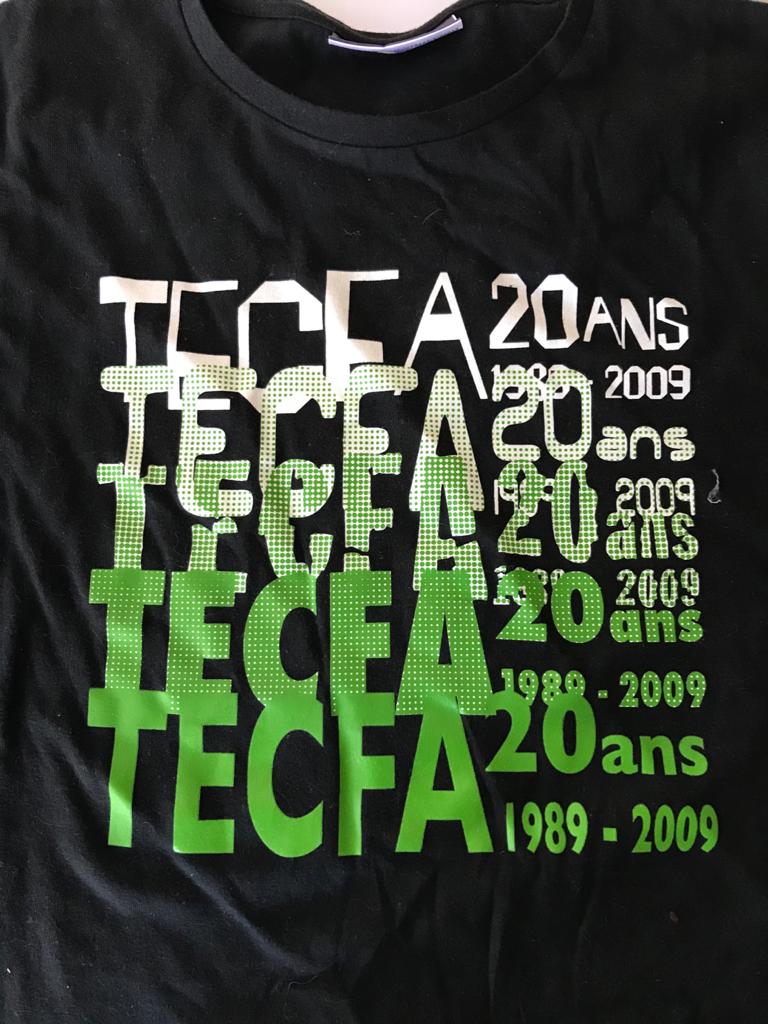 I have been working or studying at TECFA (the educational technologies unit of the Faculty of Psychology and Educational Science at the University of Geneva) since 2006.
I have been working or studying at TECFA (the educational technologies unit of the Faculty of Psychology and Educational Science at the University of Geneva) since 2006.
During this time, I designed and implemented a certificate of advanced studies in the design and development of online learning, at the University of Geneva, where I also teach courses user-interface design and instructional design.
Below is a video recorded during a virtual "open doors" event to present the continuing education program.
I have been involved in numerous research and development projects which all have design at their core. From supporting or using design-based research to study the impact of technology or instructional designs on learning, to the design process as a methodology for developing deeper learning. In digital fabrication I have found the perfect combination of working with media that appeal to me viscerally, and my desire for indentifying problem spaces and finding solutions.
My aims¶
On the visceral level¶
Through the modules I am taking this year (current job commitments won't allow for more), I wish to explore forms of transfering images and words to unconventional or unprescribed surfaces, using new materials and methods.
On the intellectual level¶
I wish to explore the types of learning and meaning making engagement in "making" with digital media can evoke.
On the professional level¶
I would like to find ways to transfer what I learn here into meaningful instructional designs to engage teachers and trainers in digital fabrication so as to allow them to experience what is learned through the design process and break down their resistance to integrating digital media in the disciplines (as opposed to treating it as a separate subject). This is currently the focus of a course I will be giving in the spring at TECFA, and the subject of two masters theses I am currently supervising. I alos hope to be able to lauch a continuing education program on the design and production of educational material using digital fabrication.
Previous work¶
Here I will just slap down some previous attemps at digital fabrication that have been (until now) on the sidelines of my professional activity as a teacher and researcher. my professional cv
digital embroidery¶
Design originating from a photocopy, vectorized using Illustrator, and prepared for embroidery in StitchEra

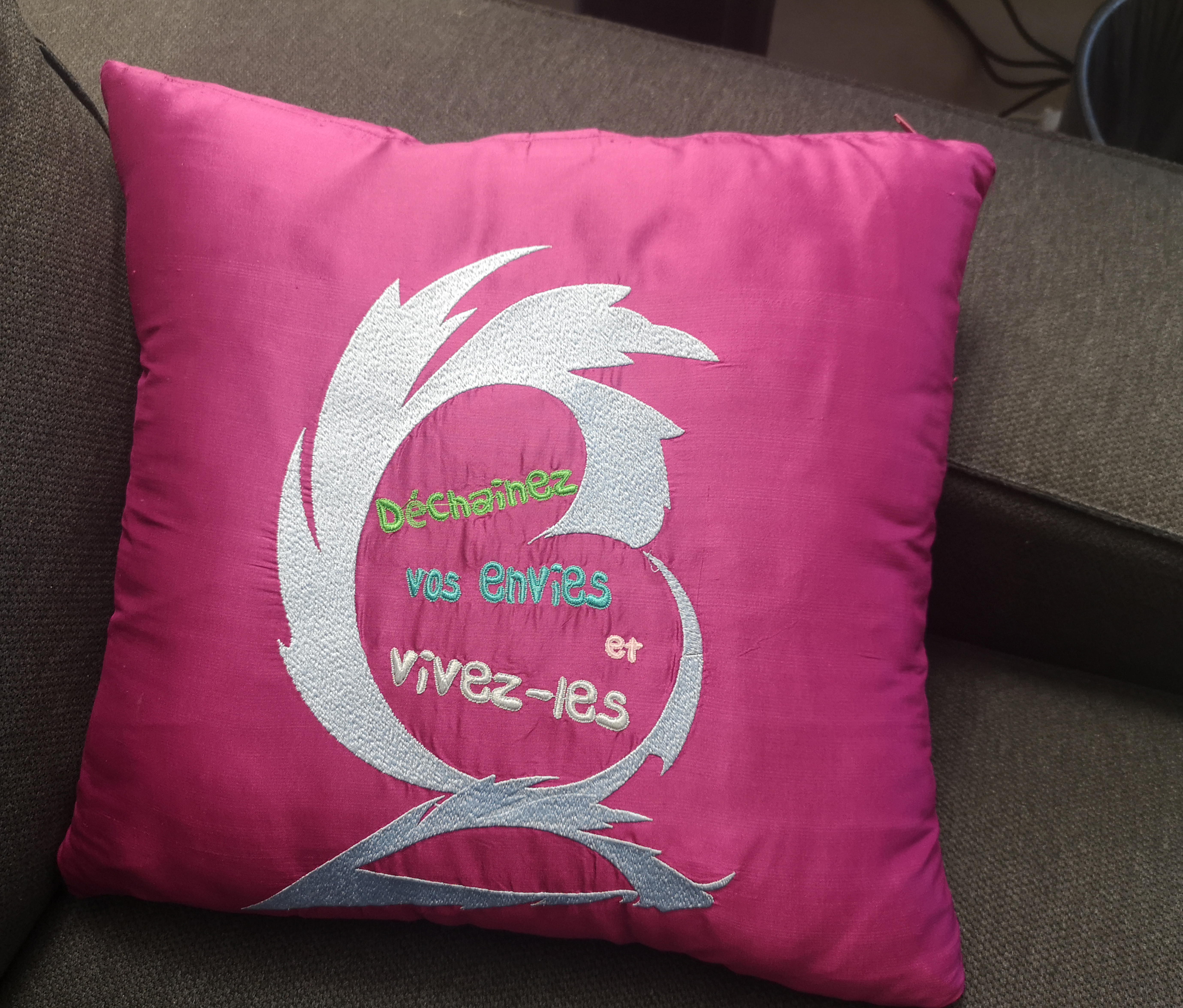
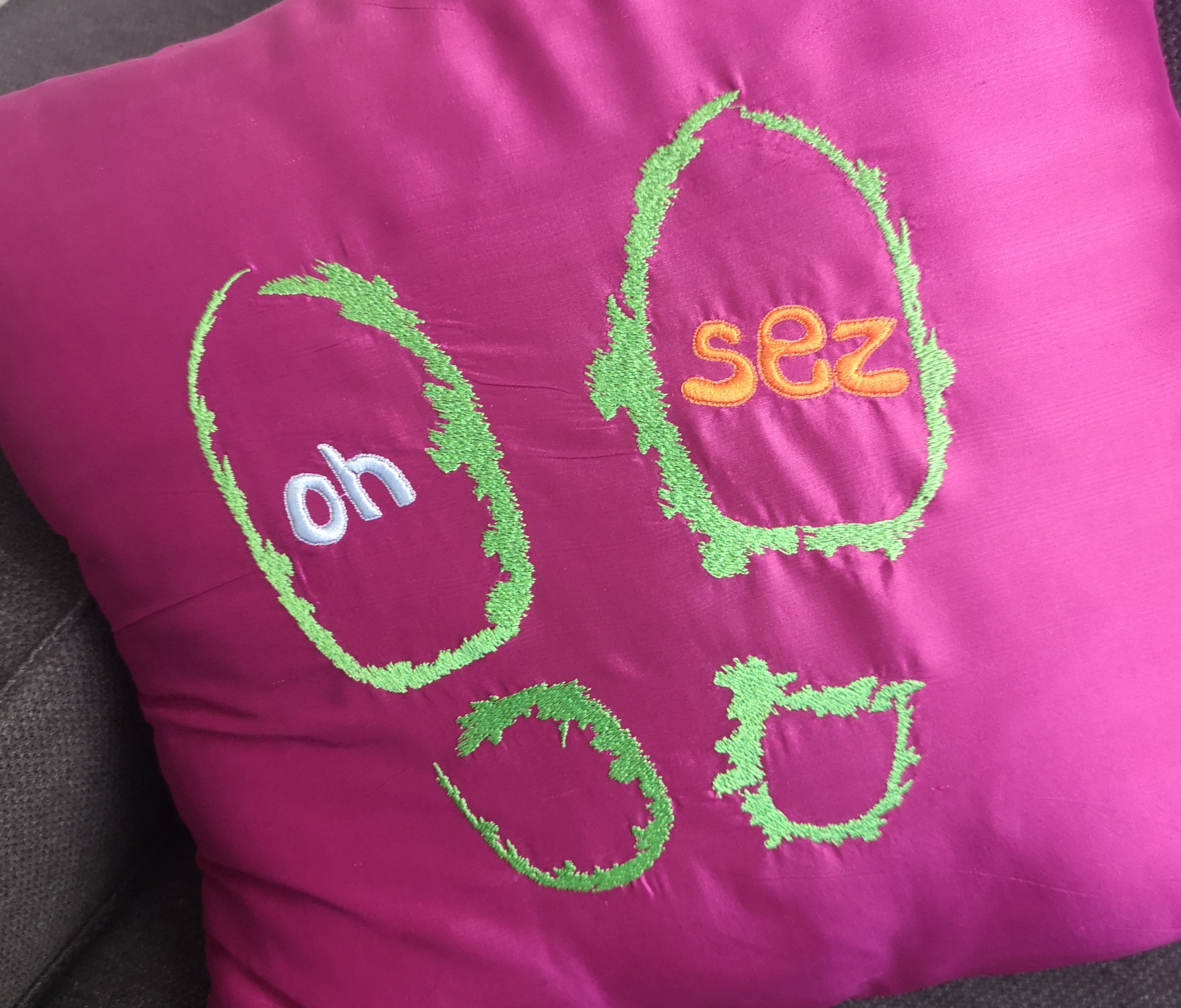

data visualization + 3D printing¶
Visualizing data from my thesis on computer-supported argumentative wriitng with C-SAW
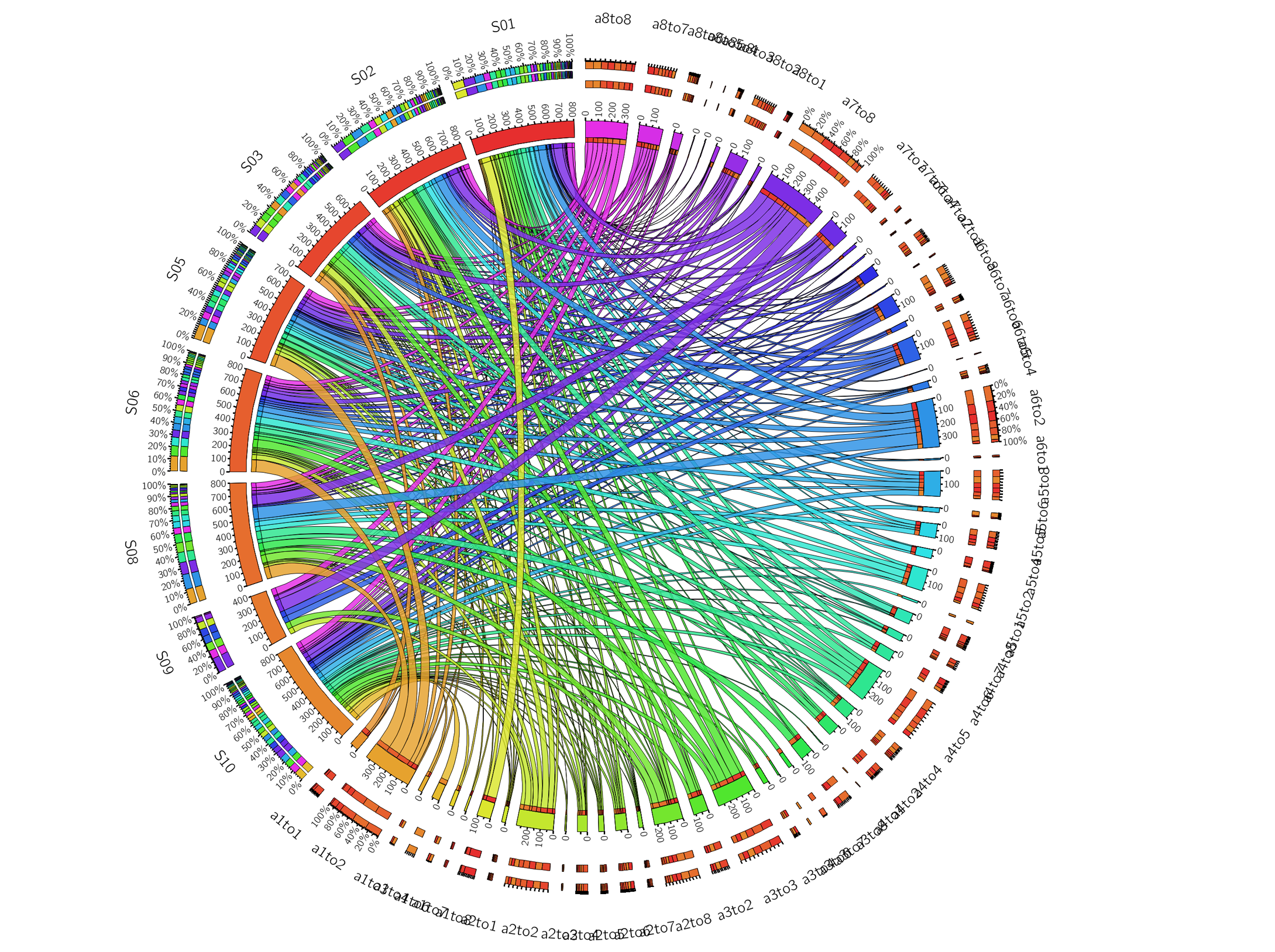
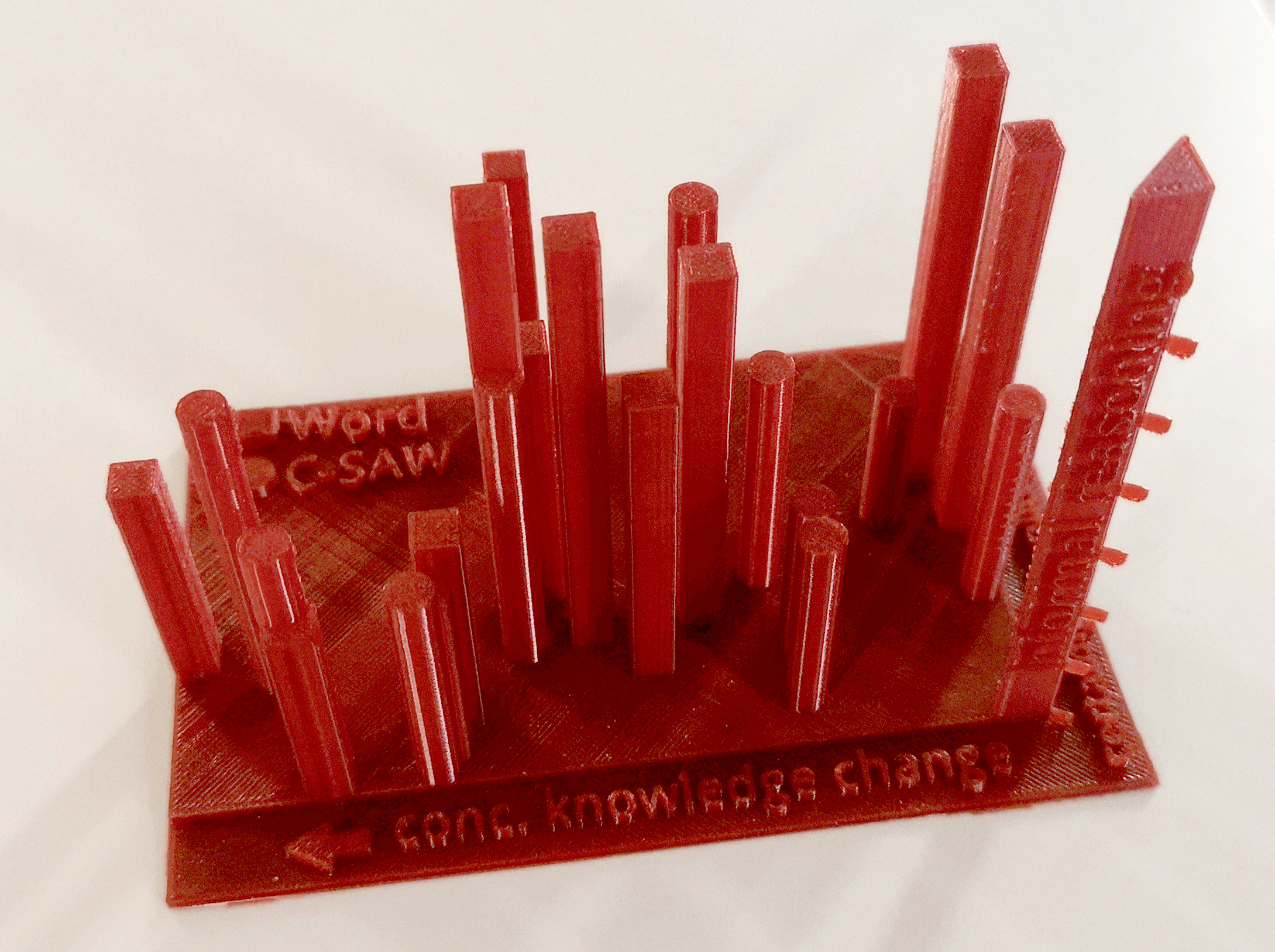
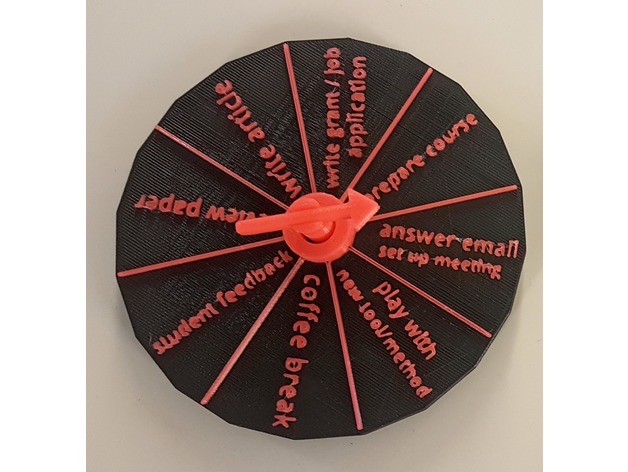
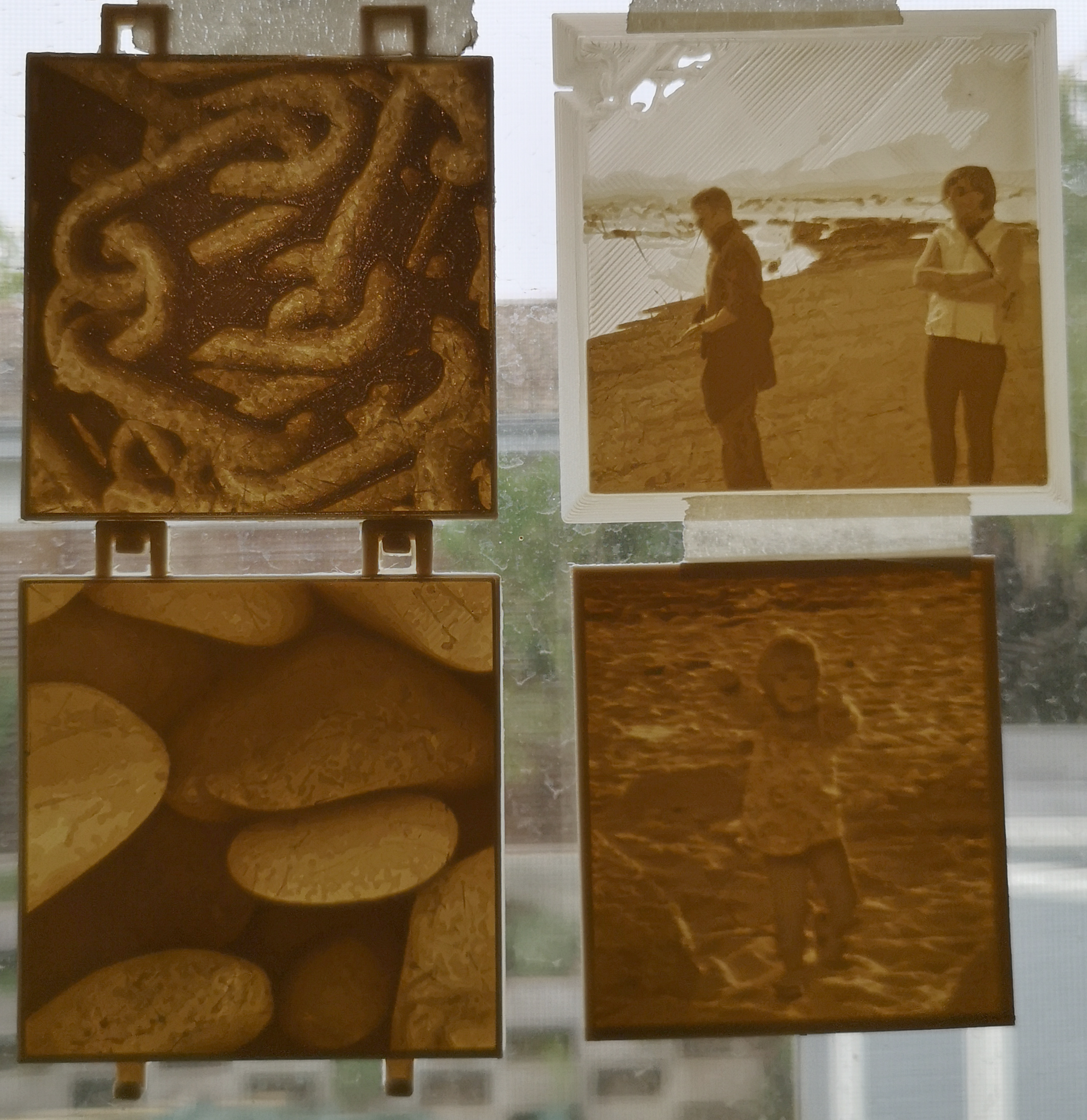
bookbinding¶
A handmade bookbing project : I extracted an XML file of all the content from Special K : A legend, whole grain a blog of words of wisdom of a longtime colleague edited by his students throughout the years. I then saved as HTML and imported into InDesign and published as a PDF and aen ePub document. I imported the PDF into Create Booklet, a software for the imposition and printing of pages in an order that can be grouped into folios and bound into a book. The pages were printed on cotton rag paper and hand bound. Below are the major stages.

